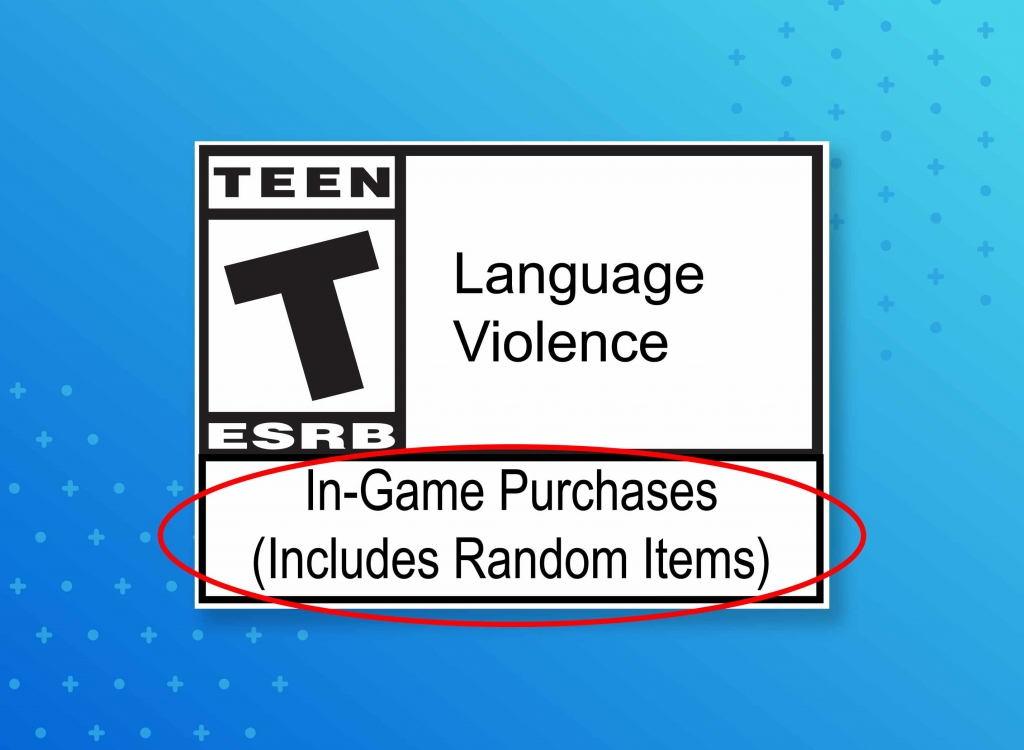ESRB creates an additional rating notice to better distinguish between types of in-game purchases

Back in April 2018, the Entertainment Software Rating Board (ESRB) added an “Interactive Elements” notice on physical video games to help provide transparency for consumers. The ESRB is responsible for rating games before they release to market to inform consumers of the nature of the content they or whomever they are purchasing the game for will be subjected to over the course of the game. Parents, in particular, rely on this rating to best assess the content of a game and whether or not they deem it appropriate for their child or children. Especially for parents who don’t tread in the world of gaming, the rating provides an important standardization stamp to ensure they can make educated decisions to protect the well-being of their children in a world they know little to nothing about.
However, additional dimensions of games have arisen through more connectivity, the evolving nature of how we interact with games, and the ways in which companies gain profit from their games. While these elements do not affect the content rating of the game, they are still incredibly important for consumers to be informed about. The ESRB initially listed the following four features that each qualify a game as having “Interactive Elements.”
In-Game Purchases – contains in-game offers to purchase digital goods or premiums with real-world currency, including but not limited to bonus levels, skins, music, virtual coins, and other forms of in-game currency, subscriptions, season passes and upgrades (e.g., to disable ads).
Users Interact – indicates possible exposure to unfiltered/uncensored user-generated content, including user-to-user communications and media sharing via social media and networks
Shares Location – includes the ability to display the user’s location to other users of the app
Unrestricted Internet – provides unrestricted access to the internet (e.g., browser, search engine)
“In-Game Purchases” helped determined whether a game would try to hit consumers in their wallets past the initial purchase and without having to leave the client. Problem is, there are two types of in-game purchases: ones where the player knows exactly what they are purchasing and ones where they do not. Parents, ESRB noted, don’t really care that much about whether there is randomness involved or not. They just care if their kid is charging up their card at the click of a button.
However, a common frustration in the gaming community has been about the increased prevalence of microtransactions and loot boxes. The latter has especially taken some heat from the gaming community as the mysterious loot boxes, randomness of card packs, and other randomly generated rewards have become less of an optional feature that do not affect the player’s ability to progress if opted out of and more of a core mechanic that feeds the pay-to-win/play model of gaming and seems “particularly exploitative” as Steven T. Wright remarks in PC Gamer. Even more sinister are the developers that artificially restrict gameplay in order to buoy the likelihood that a player will invest in a micro-transaction to progress further.
Thus, at the request of gamers, ESRB added a fifth qualifier for their Interactive Elements notice called “In-Game Purchases (Includes Random Items),” which “will be assigned to all games that include purchases with any randomized elements, including loot boxes, gacha games, item or card packs, prize wheels, treasure chests, and more. Games that have the In-Game Purchases (Includes Random Items) notice may also include other non-randomized paid elements.”
So why not just say “loot boxes” since it’s such an umbrella term? The ESRB reported that “recent research shows that less than a third of parents have both heard of a loot box and know what it is,” so in order to deter confusion, they kept with “random items” as a catch-all for this type of transaction. Though the term is notorious in the game industry, it still falls within gaming jargon. Ironically, the ESRB added this notifier “primarily in response to feedback from game enthusiasts” and refrained from using gamer’s language to describe what it was they were being asked to inform the presence of. But they believe “it is still essential that all consumers, especially parents, have a clear understanding of the rating information we provide.” And rightly so.

